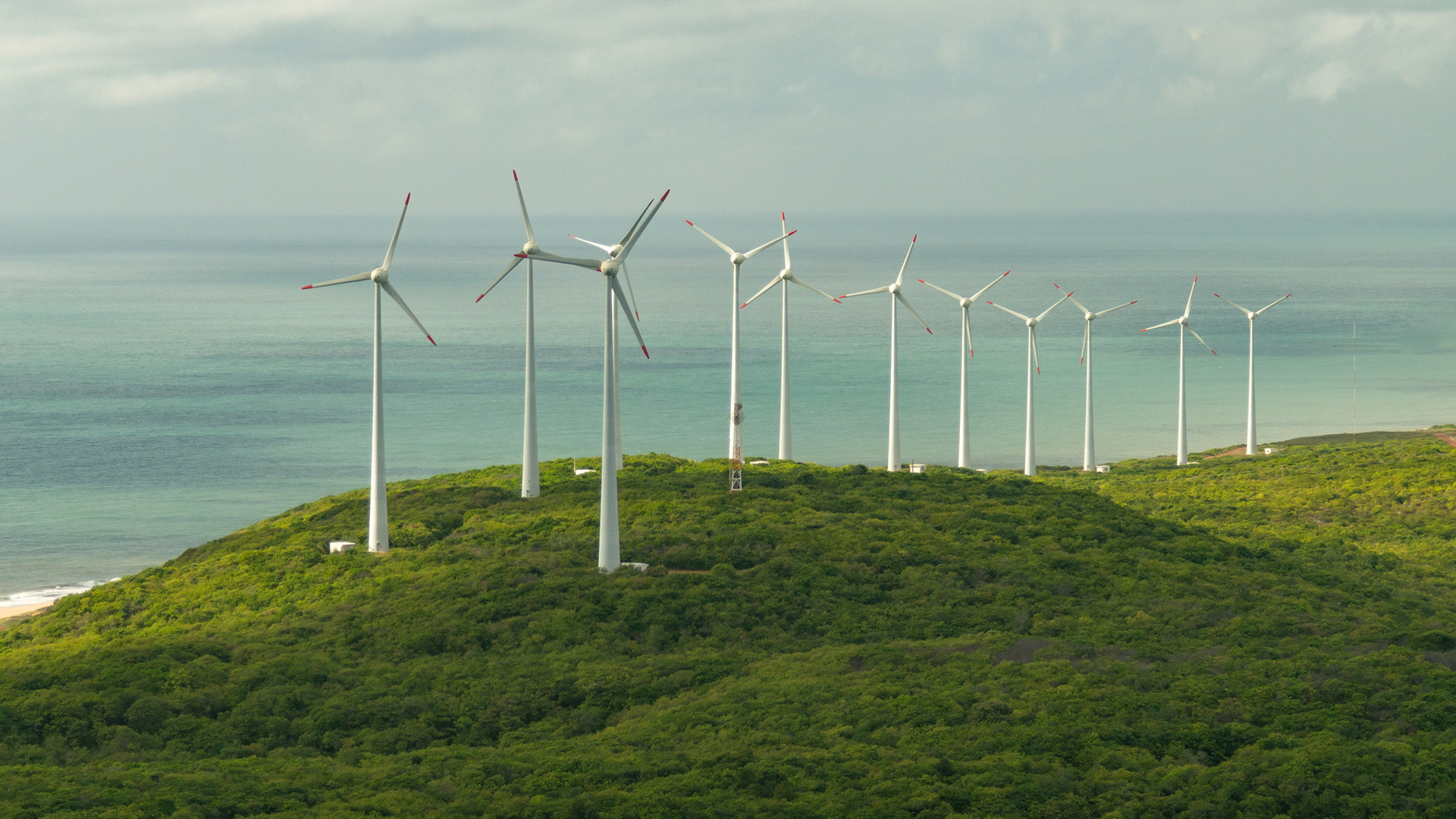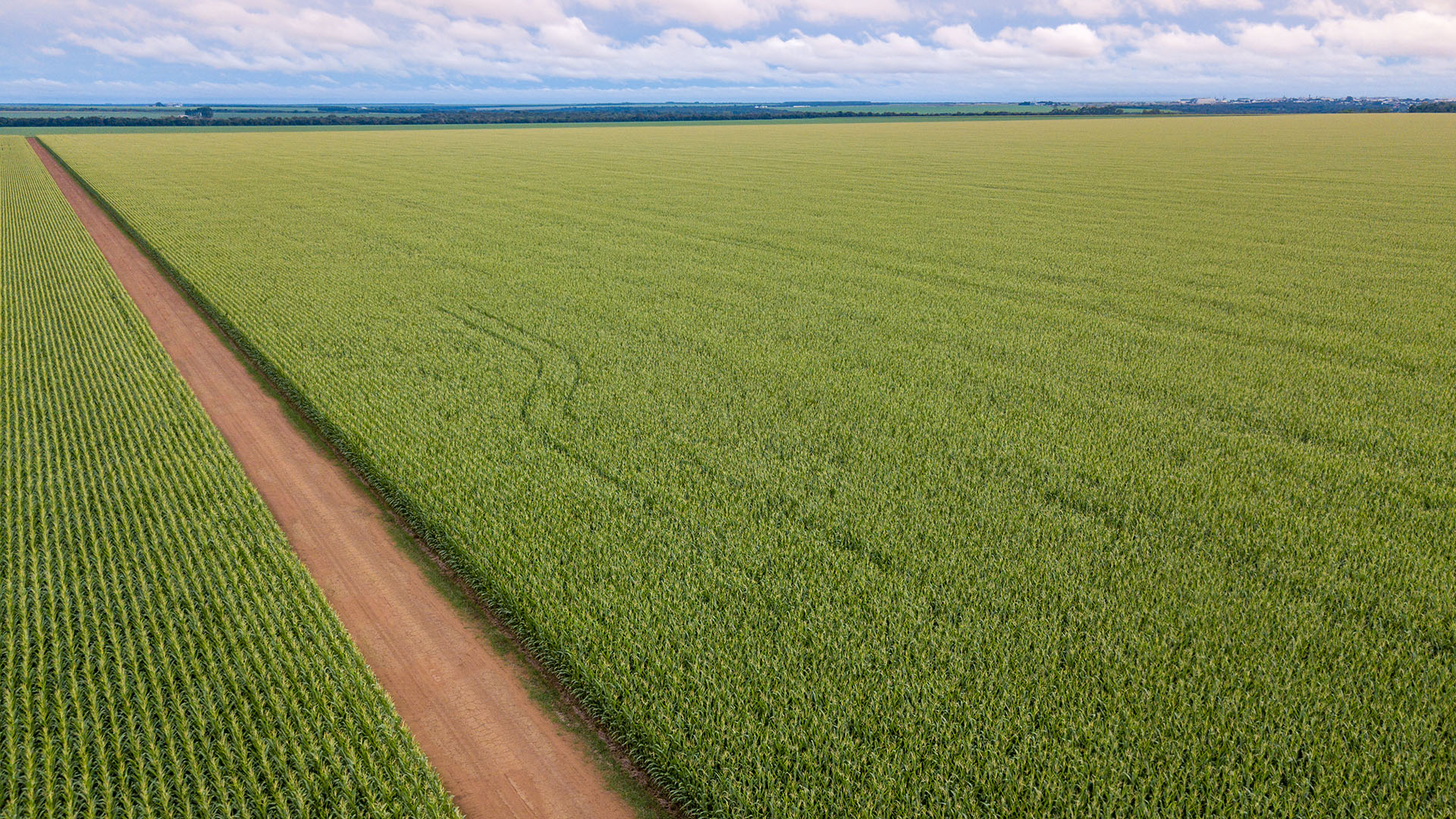
The sustainable farming revolution that’s transforming Brazil’s relationship with its land
As the 4th largest food producer in the world, Brazil has built a quarter of its economy from agriculture alone. But to sustain its global position and maintain a healthy ecosystem, the South American nation is setting its sights on becoming a leading innovator in sustainable and renewable farming.

Today’s farms are shaping the world of tomorrow
From innovative farming practices to energy initiatives and low-impact cow pastures, sustainability is a growing priority in Brazil. By conserving land and livelihoods, government officials, businesses, and communities are paving the way towards a brighter future – where the next generations can live in harmony with the world and not to the detriment of it.
To support this vision, legislatures have been put in place for the specific development of sustainable agriculture. The Forest Code (Cadastro Ambiental Rural – CAR), for example, requires farmers and landowners to set aside a proportion of rural land as protected “legal reserves”. Additional provisions include a ban on the removal of primary vegetation from steep slopes and river margins to avoid further erosion and degradation.
Despite over 66% of Brazil’s landmass being preserved across natural vegetation, forests, savannah, and wetlands, domestic and export food production continues to grow without the need of any kind of deforestation what so ever.

Getting creative with land use
Much of sustainability is about reusing a commodity to maximize its utility and minimizing the energy and resources invested in cultivating it.
Agrivoltaic systems focus on the former, utilizing the same land, to simultaneously generate solar energy and grow agricultural products, from crops and vegetation to small animal herds.
One of Brazil’s innovative agrivoltaic programs, ECOLUME, was developed in collaboration with over 40 national researchers to create a symbiotic agricultural process. It worked by utilizing the shade under a network of solar panels to grow 17 different types of vegetables as well as poultry and fish. Aquatic life was kept in an aquaponics system, where natural bacterial cycles converted fish waste into plant nutrition.
And the results were impressive. Not only did the shaded environment produce up to 70% more vegetables, but the combination of aquaponics and reused water also reduced irrigation water usage by almost 90%. If distributed across Brazil, ECOLUME could convert degraded, decertified land into productive, fertile acreage for communities that need food and energy security most.
Another start-up, Taranis, uses AI to analyze agricultural land from several sources, including satellite imagery, which enables it to detect irregularities and flag potential problems. From detecting pests to uneven growth, it helps to minimize the amount of water, fertilizer, and other resources needed to grow crops. With offices in Brazil, the US, and Argentina, and significant funding from global investors like Hitachi, it offers a technological sustainability boost to farmers everywhere.
Natural methods are providing surprising yields
Agriculture has traditionally been associated with pesticides and harmful chemicals. However, as the modern world accelerates its sustainability mission, more is being done to promote the use of organic alternatives that protect our natural ecosystem.
In the Cerrado grasslands of Brazil, cotton farmers are using manure and organic compost as fertilizer, and limestone and rock dust as a substitute for liming – a soil conditioning process which can be considered harmful. They are also avoiding the use of pesticides by companion planting sesame, pumpkins, and turmeric alongside their main cotton crop to naturally deter harmful insects and predators.
In just two years, they have seen a 3-fold increase in their cotton harvest and a 7-fold increase in other fruit and vegetable yields, proving that innovative, natural farming can be both productive and profitable.

Making unproductive land profitable again
Brazil has over 180 million hectares of pastureland, half of which is considered unproductive. Some of Brazil’s farmers are employing an innovative technique called, ICLF, or integrated crop-livestock-forest systems, to make more effective use of this land. Like agrivoltaic systems, ICLF optimizes land usage by exploiting the acreage for agriculture, livestock, and forestry initiatives.
There are many benefits to multi-use land initiatives including limits on deforestation, increased crop yields, upgraded soil quality and nutrients, and an improvement in animal welfare; through more shady, cooler environments for grazing.
As part of Brazil’s Sustainable Development Goals established at the UN 2030 Agenda, there is a goal of implementing five million hectares of ICLF by 2030.
By combining innovative growing techniques and protective farming legislature, Brazil has asserted itself as a leader and reference in sustainable agriculture and energy, while maintaining its reputation as a trusted and reliable food exporter for a global population of consumers.





